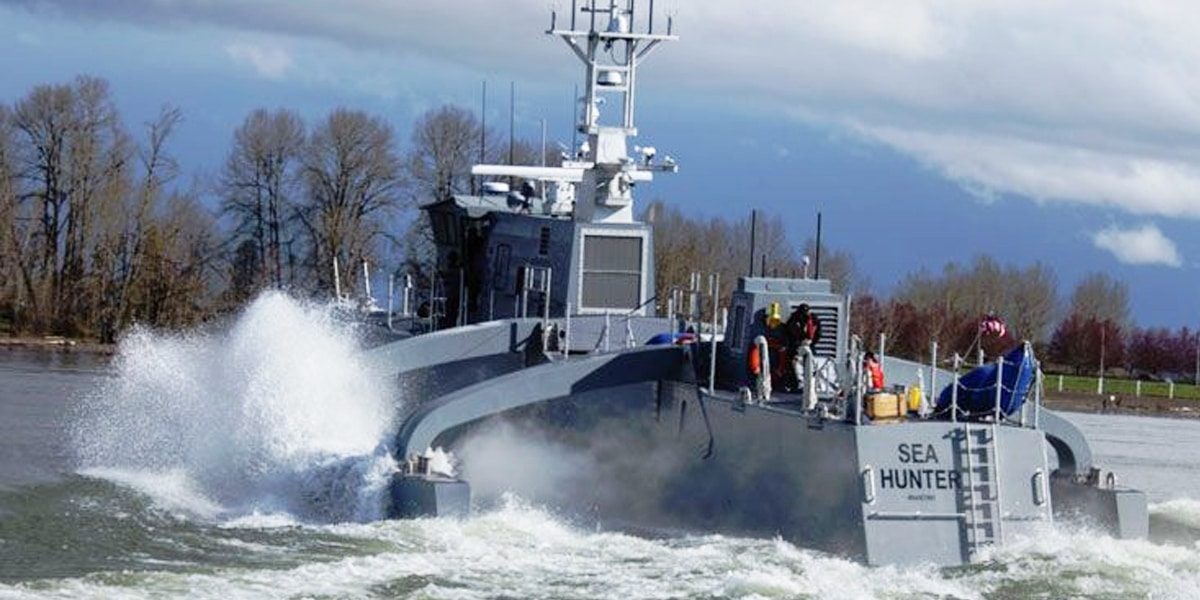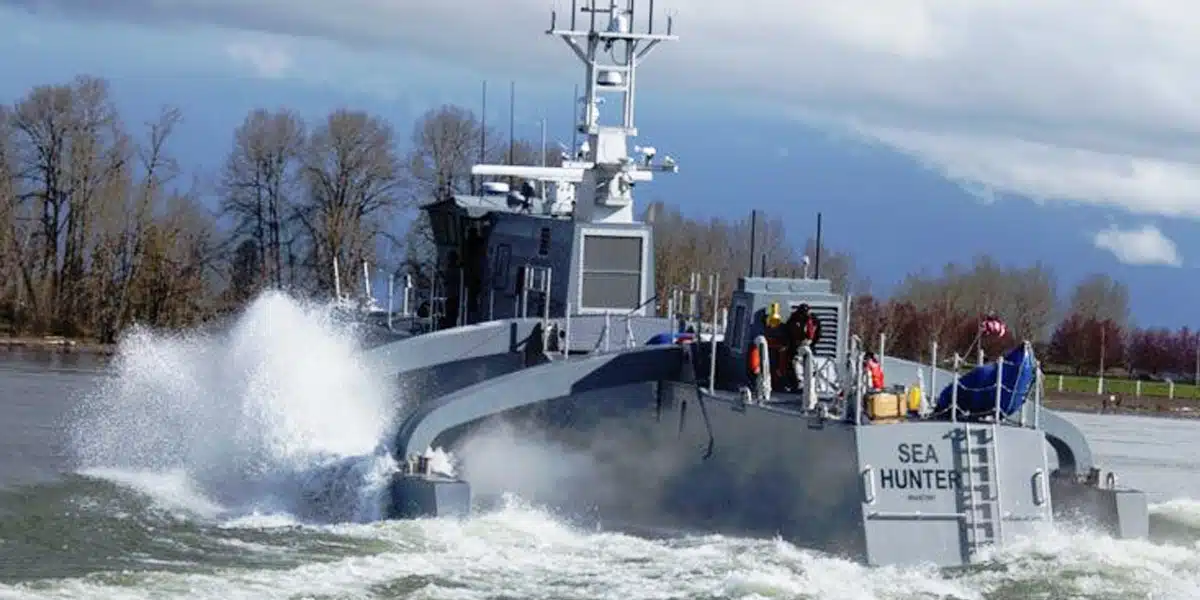The future of global warfare could be changed altogether by the inclusion of artificial intelligence (AI) technologies in the development of next-generation weaponry.
Indeed, in recent weeks, the US Armed Forces have been conducting a number of discussions and forums regarding the development of the military branches well into 2040 – a matter that demands a greater understanding of future threats, and potential scenarios, along with a deeper appreciation of the changes imparted by rapidly evolving technologies.
AI has become a keystone for many of these discussions, particularly in its use for machine learning solutions for monitoring situations and enhancing warfighter performance, the development of wearable technologies for active use on the battlefield, as well as the development of supporting infrastructure for more holistic methods for ensuring warfighter performance.
But how exactly can such technologies be implemented in the context of modern and future warfare?
Keeping Jammers at Bay
One reason why AI and similar technologies will come in handy in the battlefields of the 21st century is that modern military systems are becoming increasingly complex.
Today’s armies are challenged by the need to quickly collect and analyze data in order to deliver timely action. This has driven the US military to become dependent on the electromagnetic spectrum. However, with a greater number of wireless devices – personal, commercial, and defense-centric – being deployed into the spectrum, it has become both congested and contested. As a result, hostile nations are actively working to decrease the US’ access to the spectrum by jamming radio, infrared, and even radar signals.
AI-based space-time adaptive processing (STAP) was specifically developed to deal with this issue. This AI-driven technology optimizes the use of machine learning algorithms to autonomously probe for and detect threats, then automatically generates countermeasures in real-time.
Working with Unmanned Systems
Unmanned systems, particularly flight drones and similar devices for land and sea use are another way by which AI could enter the defense equation. Pre-programmed autonomous devices can go into areas that are particularly hazardous for human personnel or situations that involve utmost stealth.
By enhancing related systems with AI and machine learning technologies, these can be used by manned fleets as a better, safer, more efficient way to detect potential threats, conduct environmental surveys, and even serve as logistics solutions to carry supplies to and from vehicles or bases.
One such prototype has been deployed by the US Navy: the Sea Hunter, an anti-submarine warfare continuous trail unmanned vessel that was specifically developed to autonomously navigate open waters, swap out payloads, and coordinate missions with other unmanned craft, even as it sweeps the seas for potentially hostile submarine craft for up to several months in the water.







